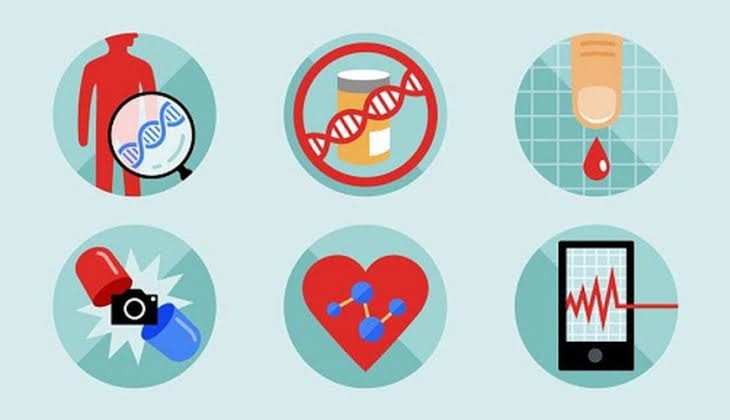
National Essential Diagnostics List

19.01.2024
National Essential Diagnostics List , Daily Current Affairs , RACE IAS : Best IAS Coaching in Lucknow
|
For Prelims:About the National Essential Diagnostics List,What are Essential diagnostic tests? |
Why in the news?
The Indian Council of Medical Research (ICMR) has begun the process of revising the current National Essential Diagnostics List (NEDL) and invited relevant stakeholders to offer suggestions on adding or deleting diagnostic tests to the current list by the end of February.
About the National Essential Diagnostics List:
- The NEDL lists the essential and most basic tests that should be available at various levels of healthcare facilities in the country, including at the village level, in sub-health centres, health and wellness centres, and primary health centres.
- The ICMR had released the first NEDL in 2019 to make the availability of diagnostics an essential component of the healthcare system.
- The list includes general laboratory tests for a broad range of common conditions for the diagnosis of communicable and non-communicable diseases, disease-specific tests for HIV, hepatitis, tuberculosis, dengue, malaria, and area-endemic diseases.
- India is the first country to release the NEDL.
- Since 2018, the World Health Organisation (WHO) recommends the development and implementation of a National Essential Diagnostics List (NEDL) to facilitate the availability of In-Vitro Diagnostics (IVDs) across the various tiers of the healthcare pyramid, facilities with or without a laboratory onsite.
What are Essential diagnostic tests?
- These are defined as those "that satisfy the priority healthcare needs of the population and are selected with due regard to disease prevalence and public health relevance, evidence of efficacy and accuracy, and comparative cost-effectiveness”.
- The test should focus on conditions with a high disease burden or having significant public health relevance, where the introduction of a diagnostic test will have a clear impact on disease diagnosis and management.
Source: The Hindu